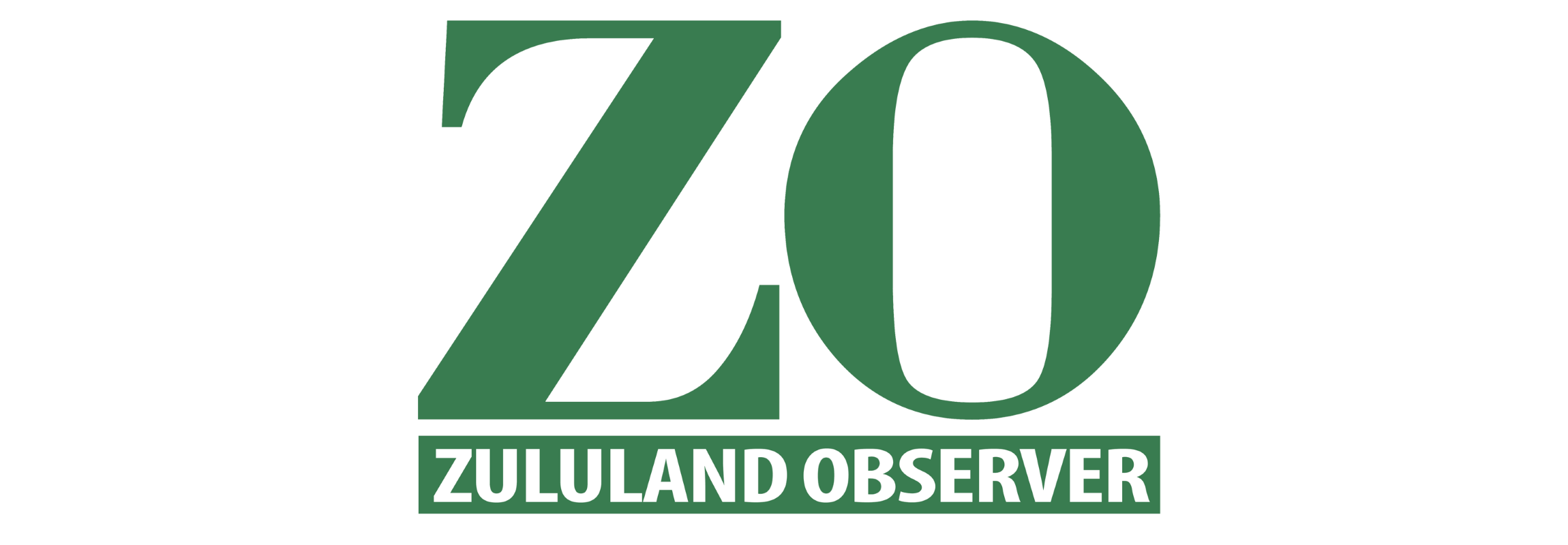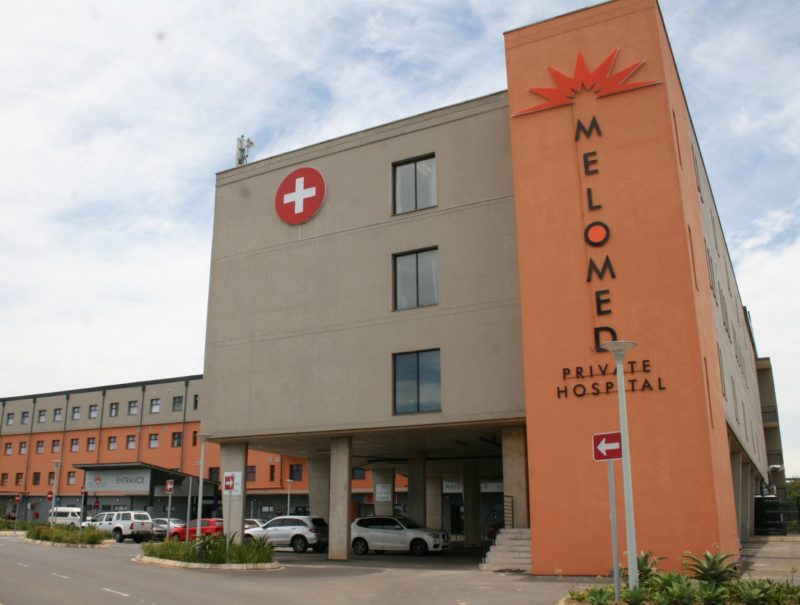10 Things you might not know about birth
Have all your pregnancy and birthing questions answered at Melomed Richards Bay's Pregnancy Awareness workshop

Do you wish to deliver your baby at Melomed Richards Bay Private Hospital?
Melomed invites parents-to-be to a free workshop on Saturday 15 February.
Melomed is offering the workshop in commemoration of Pregnancy Awareness Month.
The workshop will be held from 10am to 1pm.
To secure your space, or for more information, please email mrbcso@melomed.co.za
10 Things you might not know about birth
Childbirth is a wonderful experience that is unmatched by any other event in a couple’s life.
The build-up is usually one of excitement, anxiety and a little mix of fear (usually for the unknown).
There are some things that you probably know, courtesy of the Internet, your mom and sometimes even strangers.
In my practice, I often have an anxious mum wondering ‘what if’ or ‘I heard that this can happen’
during labour, says Melomed Richards Bay’s Obstetrician and Gynaecologist Dr Jayeshnee Moodley.
Some truths about giving birth are downright gross and weird to the first time mum but rest
assured, it is normal.
Here are my Top 10 things of what to expect.
- You will pass stool during the last stage of labour. While pushing you will feel the need to use the toilet. Because of all the pushing and pressure, you have no control over this. In fact, it’s a sign that you’re pushing well! Don’t worry: the nurses and whoever else is in your care, will act as if nothing happened.
- Your water breaking. Unlike in every movie, when a real woman’s water breaks, it usually doesn’t look like a waterballoon shattering on concrete. More likely, it’s going to be a slower, more gradual flow that can trickle down all day long. This calls for a giant maxi pad, and unfortunately, this is the beginning of your maxi pad journey. The ‘water’ is amniotic fluid that protects your baby, and without it he/she can get an infection. Within 24 hours of your water breaking, labour will either start on its own or doctors will induce labour with drugs. In reality, your water only breaks much later in labour and often the labour is much slower than anticipated. You often only dilate at 1cm per hour, so anticipate a long day!
- Contractions. Pain wise, contractions can be the absolute worst. It starts like menstrual cramps, but escalates quickly and torturously becomes unbearable on your lower back and lower abdomen. You can ask for an epidural from the time that you are 3cm dilated. Other forms of pain management include pethidine injections or entonox gas.
- The person who delivers your baby might not be your doctor. In most cases your gynaecologist will split after hours work with other gynaecologists. Irrespective, all gynaecologists will have yours and your baby’s best interest at heart. Be open to their advice. Have your birth plan readily available but also be open to change – the labour process is dynamic.
- An episiotomy and stitches. Based on the size of the baby’s head, your gynaecologist may cut the vulval area, or the area mighthave torn on its own. Despite the epidural, you may still feel the post-birth stitches. Thereis some burning and tugging with some ‘discomfort’, but it will be over pretty quickly, and thereis an excellent distraction in the mix — your own live baby. Vulval stitches dissolve in 7 to 10days. Listen carefully to the wound care instructions.
- Post delivery bleeding. You will bleed heavily after delivery, especially when standing up. Stock up on large sanitary pads! Your gynaecologist and midwife will keep a close eye on the blood loss and will manage any excessive bleeding appropriately. Bleeding will gradually reduce, but will continue for up to 6 to 8 weeks post delivery.
- Swollen feet. Swollen feet are a common side effect to pregnancy. However, after delivery, your foot size may still be larger than what it was. This can be temporary for some women, but for others it can be permanent. There are many fluid changes in the body after delivery and this results in increased swelling for up to 10 to 14 days.
- Night sweats. Heavy sweating at night is normal the first few weeks after delivery. This is a normal reaction to hormonal changes post delivery. Do, however, make sure that you do not have mastitis or an infection of your caesarean section or episiotomy wound, which would require urgent gynaecological treatment.
- Hair loss. A common concern after delivery is losing a lot of your hair. Your hair is thick and strongduring pregnancy thanks to all the oestrogen, but after you give birth, the oestrogen levels drop,causing a higher percentage of your hair to fall. As your oestrogen levels stabilise, hair loss will reduce as well. Take a good Vitamin B complex and folic acid vitamin post delivery.
- Postpartum incontinence. Many women experience varying degrees of urinary incontinence after a vaginal birth. All that stretching and tearing often create a temporary weakness in the pelvic area, resulting in a higher incidence of urinary incontinence for a few months post delivery. Pelvic floor /kegal exercises are recommended from the day you go home to reduce your risk, length and severity of incontinence.
I sincerely hope we haven’t petrified you with these hidden secrets. On the bright side, you will now be even more prepared for whatever giving birth may throw at you. The good news is that in a few months after delivery, you will mentally block out all the embarrassing, uncomfortable events and only remember that you were the super hero that created such beautiful life.




